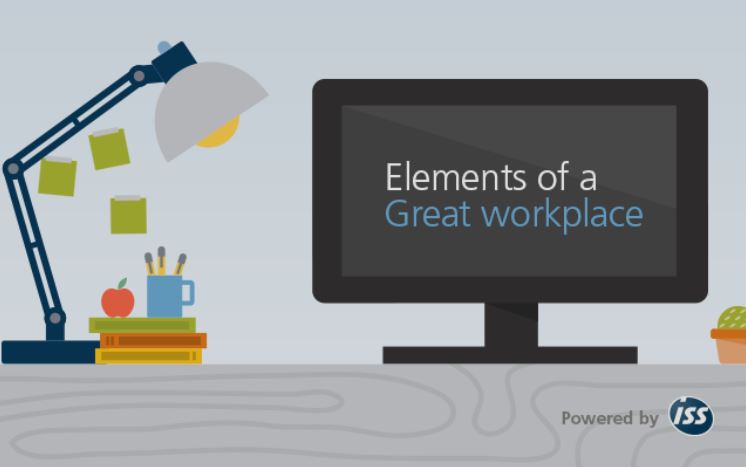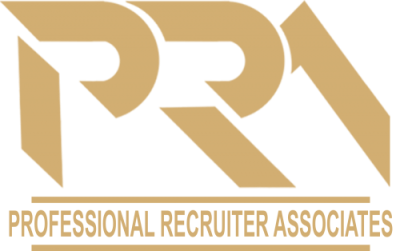The Elements of Great Workplace Design
 Workplace Design
Workplace Design
Article Link: https://www.servicefutures.com/elements-great-workplace-design
What makes a great workplace?
A quick search on Google shows a combined global monthly total of over 50,000 searches involving the combination of terms “office”, “interior” and “design ideas”. Businesses and organizations all over the world are not only requiring a great workplace that can emphasize the brand values of the organization, but also one that maintains a primary objective to provide as a productive environment for its employees. But what truly makes a great workplace? Fast Company recently published a piece on “What will work look like in 2030?” which highlights that “the idea of work in the past 15 years has changed so much that it’s difficult to imagine what the next 15 years will look like”. However, identifying the ideas, trends, and behaviours allow us to recognize key elements of workplace design to implement for a productive workforce today.
The CIPD is UK’s leading professional body for HR and people development that champions for better work and working lives. Their recent post on the elements of building excellence based on scientific research offers some insight for creating an effective workplace design. Here is their original post below.
- Open-plan isn’t always healthy
A recent study of 2,400 workers in Denmark found that as the number of people in a room increased, so did the rate of sick leave. Workers in two-person offices took, on average, 50 per cent more sick leave than those in single-person offices. Working in an open plan office hiked sick levels by 62 per cent.
- Natural is best
A new study published in the Journal of Clinical Sleep Medicine found that employees who work near windows get 46 more minutes of sleep per night than those who don’t see daylight.
- Pick a colour
Paint choices can have subtle but important effects on mindsets. Exposure to blues and greens has been proven to improve performance on tasks that require new ideas, while red improves performance on those that need attention to detail.
- Room with a view
A 2003 study of workers at a call centre in California found that staff who could see out of a window to nature handled calls up to seven times faster than those who couldn’t see outside. Researchers estimated the cost of installing more windows was $1,000 per employee, bringing annual productivity savings of $2,990 per person.
- Keep it curvy
An environment with curved lines – think shapely desks and circular tables – is linked with positive emotions, which aid creativity and productivity. Sitting in circles at meetings, desks or during lunch, promotes the development of a collective mindset, bringing teams closer together.
- Go green
Having plants in the office has been shown by a number of studies to reduce stress levels, help workers recover after demanding tasks, and reduce pollutants.
The original post appears on CPID’s weblog “HR’s guide to better workplace design”.
Organisational changes that will affect workplace design
- Intelligent buildings
In a survey of the office environment systems that will offer the great potential for development towards 2020 in a panel of experts at ISS, they identified newer tools, intelligent buildings, systems and processes demand knowledge based skills and different specializations.
- Video conferencing room and hot desks
Companies are seeking to reduce their exposures by transferring many fixed costs – including employees – to variable costs. In order to reduce fixed costs, companies are: reworking their businesses models and technology deployment strategies, rethinking the human resources strategy, reducing their investment in IT platforms and peripherals and are reducing their exposure to real estate costs.
Do you have experience with other workplace designs that make for effective workplaces? Please share them in the comments section below!

Professional Recruiter Associates